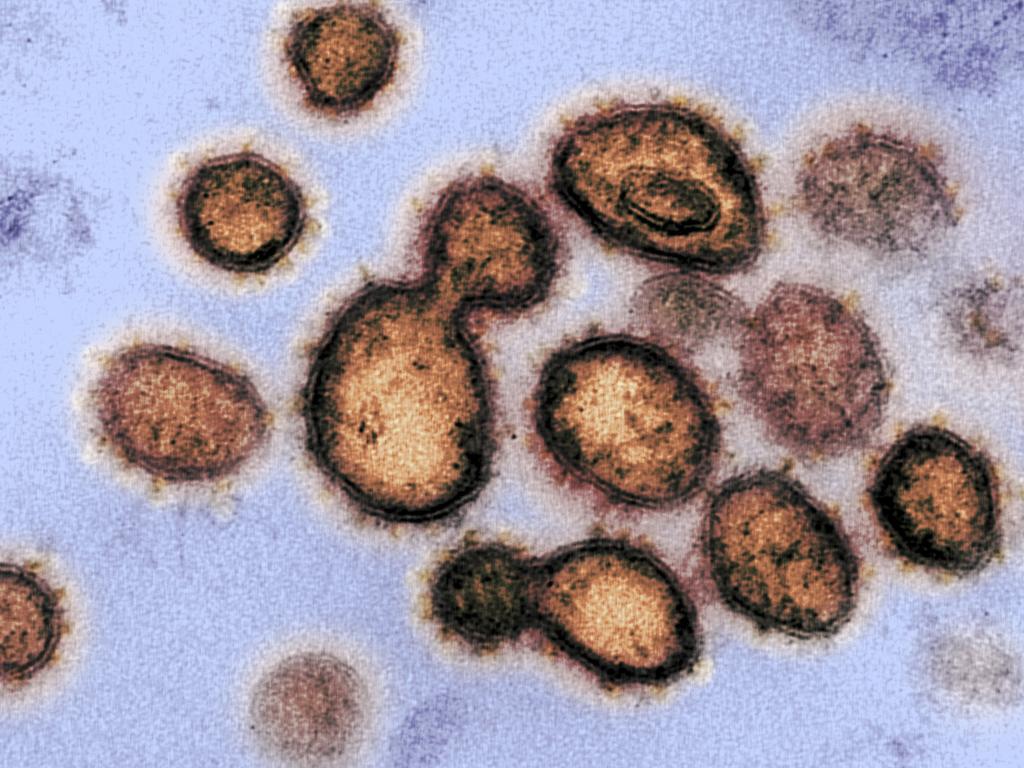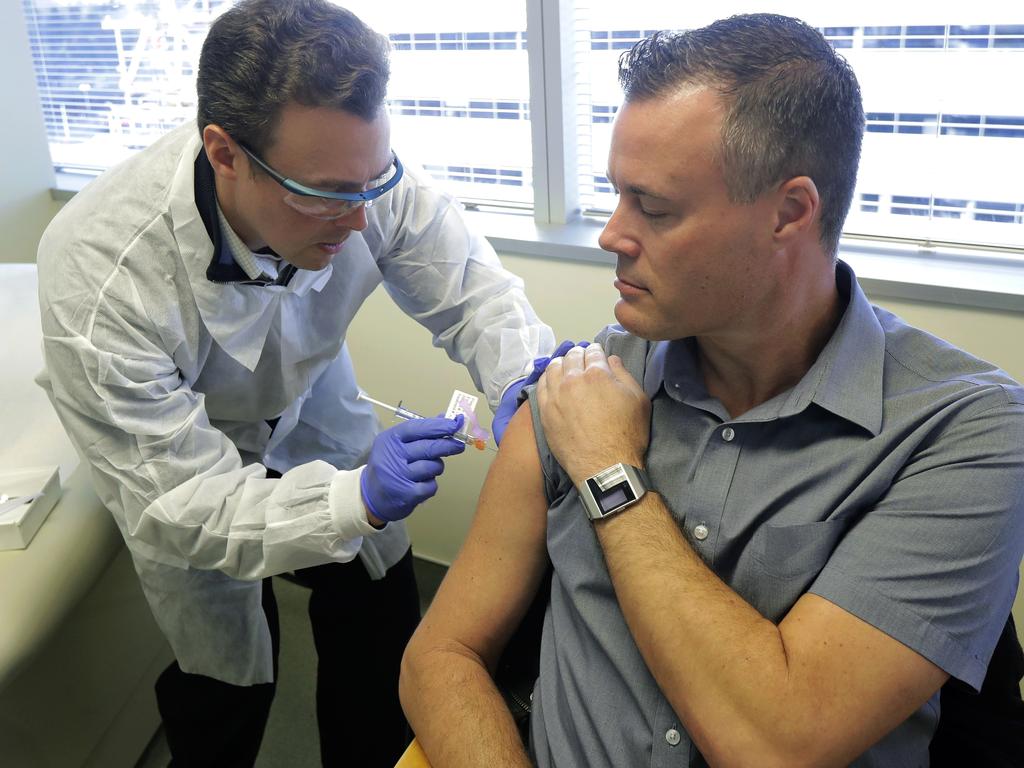Scientists glimpse sign of COVID-19 weakening
A team of Singapore-based scientists find the first glimmer of hope that COVID-19 is mutating into a less virulent strain.

A team of Singapore-based scientists has uncovered the first glimmer of hope that the COVID-19 virus could be mutating into a less virulent strain after discovering key protein suspected to affect the virus’s transmission and severity has disappeared in some patients.
In an academic paper, still under peer review but provided to The Australian, the Duke National University of Singapore team reported the protein “deletion” discovered in eight Singapore patients between February 9 and March 2 was consistent with those found at the tail end of the 2003 SARS outbreak, and could signal a weakening of the disease.
Duke NUS team leader Wang Linfa, an Australian virologist who sequenced and named Australia’s bat-borne Hendra horse virus, said the discovery was significant because “it’s important for the world to know that, just like SARS and MERS, (COVID-19) can change”.
Among the first hallmarks of the novel coronavirus identified early by World Health Organisation scientists was that it was genetically more stable than its severe acute respiratory syndrome and Middle East respiratory syndrome predecessors.
Professor Wang told The Australian that the Singapore discovery “shows the virus can make major changes and we are only two months in”.
“Our first confirmed case in Singapore was January 22 and by February 9 we were already seeing a major genetic change.
“From now on, we can use this genetic marker to really furrow and answer the question people want to know — whether this new strain of virus is less transmissible or less severe, or both.
“We know the virus can survive without ORF8 but it may not be able to cause disease as easily.”
Scientists studying COVID-19 had already detected an early mutation of it into two distinct L and S strains as a result of changes to the ORF8 protein (Open Reading Frame).
Viruses are made up of proteins that serve different functions, and the specific function of the COVID-19’s ORF8 protein is not fully known.
In the eight Singapore patients, that whole protein disappeared, strengthening the hypotheses that ORF8 plays a significant role in the virus’s adaptation.
A study last year by German scientists who grew the SARS virus with and without the ORF8 in test tubes, found that without the ORF8 protein, the virus was less fit and grew more slowly.
Just 500 viruses from COVID-19 patients have been sequenced by scientists across the world, a fraction of the more than 150,000 people who have been infected with the disease since the outbreak began late last year in central China’s Hubei province, and the ORF8 deletion has so far been detected only in Singapore.
Professor Wang said he expected scientists studying the novel coronavirus would now be “zooming into the ORF8 region” in all future sequencing.
He also warned, however, that his team’s findings must still be proved through cell and animal studies, and any definitive conclusion on whether it could signal the weakening of the virus was still several months away.








To join the conversation, please log in. Don't have an account? Register
Join the conversation, you are commenting as Logout